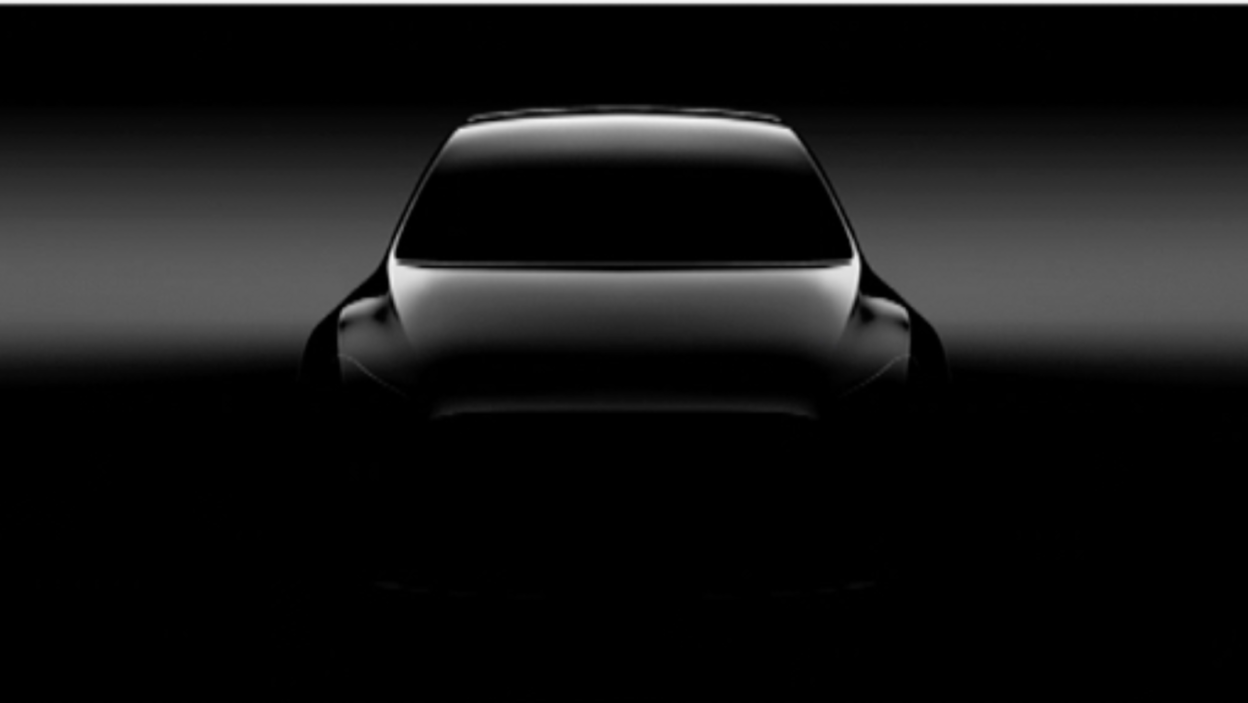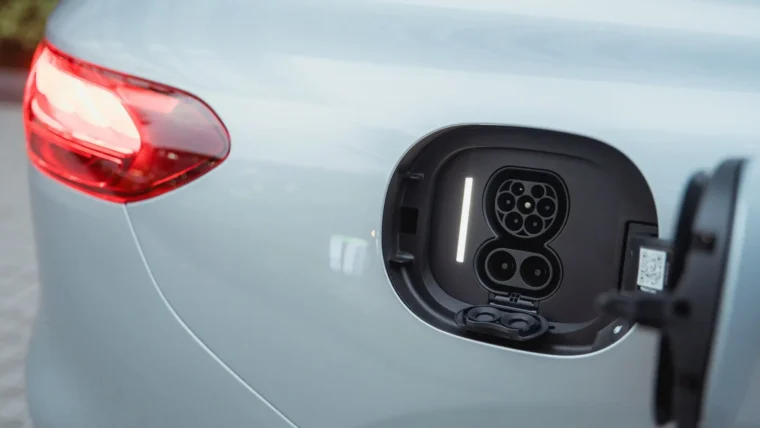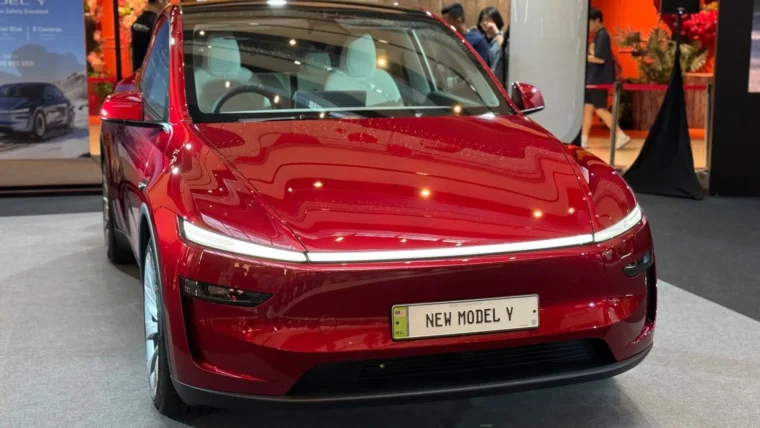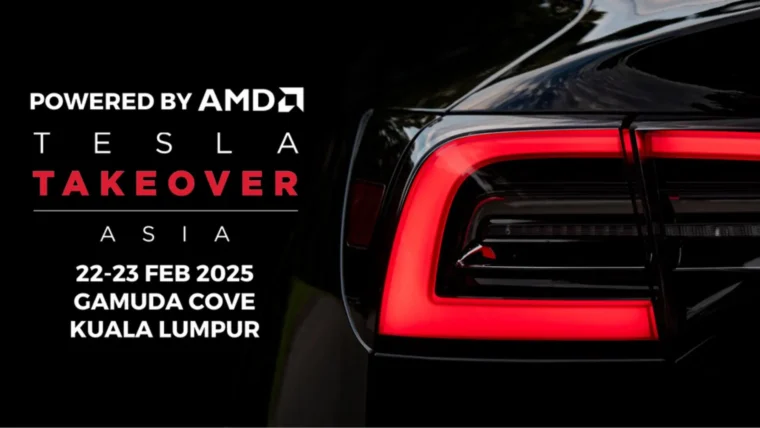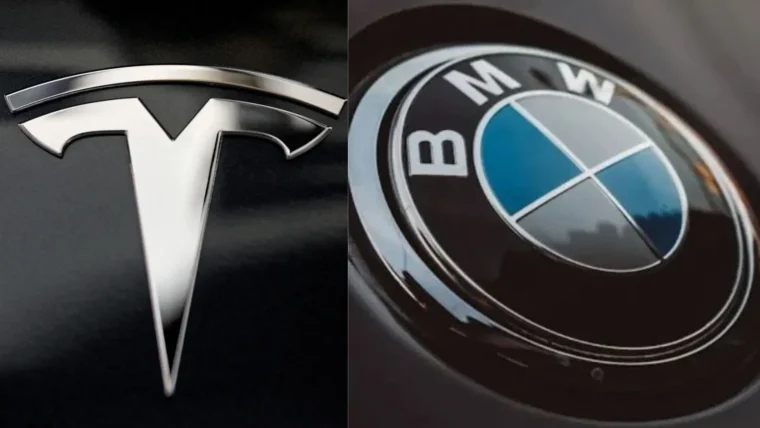A couple of days ago, a Tesla Model S slammed into the rear of a stationary firetruck on the highway in a Los Angeles county. The driver shared that he turned on autopilot and it was activated at the time of the crash. This has led to some doubts about the current technology where there are shortcomings.
At the time of the report, Tesla has not yet completed their investigation nor have they confirmed that autopilot was indeed turned on at the time of the crash. In its manual, Tesla states that their system, the Traffic-Aware Cruise Control cannot detect all objects and may not brake/decelerate for stationary vehicles, especially in situations when you are driving over 50 mph (80 km/h) and a vehicle you are following moves out of your driving path and a stationary vehicle or object is in front of you instead.
While working a freeway accident this morning, Engine 42 was struck by a #Tesla traveling at 65 mph. The driver reports the vehicle was on autopilot. Amazingly there were no injuries! Please stay alert while driving! #abc7eyewitness #ktla #CulverCity #distracteddriving pic.twitter.com/RgEmd43tNe
— Culver City Firefighters (@CC_Firefighters) January 22, 2018
It seems that it is a long road towards getting a car fully autonomous but we are slowly getting there. In Wired’s report, researchers do say that with the current technology in which Tesla has used for its autopilot system, it is better in detecting moving objects versus still objects. As a car travels on the road, there are numerous still objects all around, from signposts and trees and the system needs to filter through and detect which to avoid and which to ignore.
The same happened to me as well when I was testing the latest Honda CR-V where the Honda Sensing system slammed on the car’s brakes as a person looked like he was about to dash across the road.
Other posts by Mark Leo

